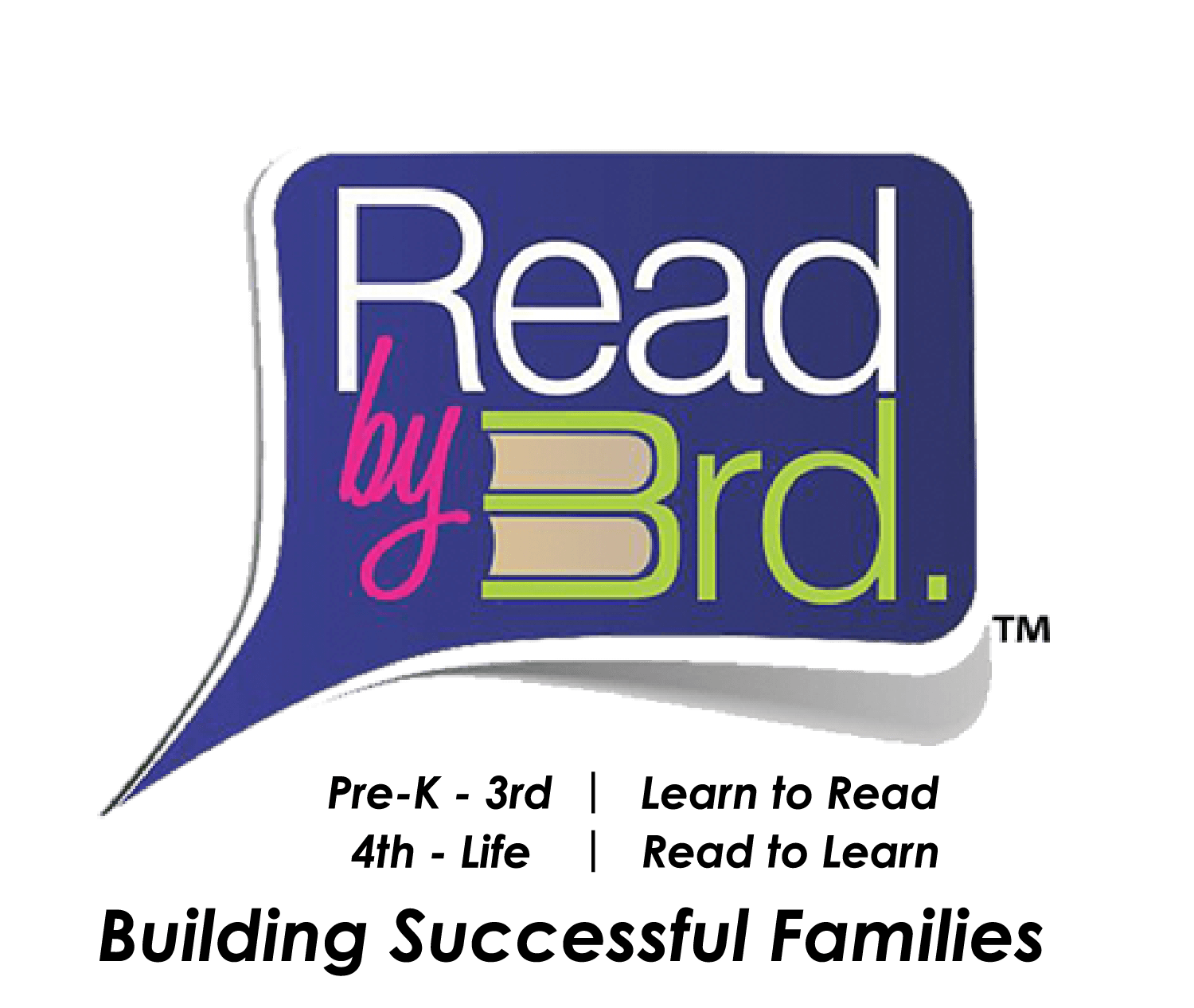The recent passing of one of our nation’s greatest first ladies brings to the forefront a topic that was so close to her heart and one as a community we must not let pass. Barbara Bush championed literacy, the ability to read and write.
Why is this important? According to the most recent reports by the Nation’s Report Card, one-third of fourth grade students cannot comprehend their grade-level materials. Among underserved learners and children of color, the number is even higher at 66 percent.
There are serious consequences of poor reading skills at all levels — individual, societal and national.
When juvenile delinquents are equipped with literacy skills, there is only a 16 percent chance that they will return to the prison system. However, when not equipped with literacy skills, there is a 70 percent chance they will return, costing taxpayers $25,000 per year per inmate. Many states can predict the number of future prison cells needed based on the number of poor readers in fourth grade.
In addition, it also costs about $8,000 more in health care expenses for those with less than a fourth-grade reading level.
These outcomes have led the National Institute of Health to declare illiteracy a national public health issue. In response, Congress created a National Reading Panel to find the best ways to teach children to read. One of the most powerful findings from research is that, if found early and provided with appropriate intervention, the learning processes in the brains of children that struggle with learning to read can be normalized.
Literacy researchers at Texas A&M University know that a combination of five techniques are effective for teaching children to read: phonemic awareness, phonics, fluency, teaching vocabulary words and reading text comprehension strategies.
These techniques support six evidence-based components to literacy development; phonological awareness, phonemic awareness, alphabetic principle, fluency, vocabulary, and text comprehension.
• Phonological awareness refers to the knowledge about the spoken words, knowledge that the spoken sentence “I am a girl” has four distinct words and the spoken word “pencil” consists of two syllables, “pen” and “cil.”
• Phonemic awareness, a higher form of phonological awareness, refers to identifying individual sounds in spoken words.
• Phonological awareness refers to spoken language, yet knowledge of phonological awareness is foundation for acquiring literacy skills.
• Alphabetic principle refers to the correspondence between letters (and letter groups) and sounds.
• Fluency refers to rate, accuracy, and prosody — to read with intonation and expression.
• Vocabulary, knowledge about words, includes both breadth and depth of words. That is knowing a lot of words and knowing a lot of meanings of the same word. For instance, a simple three-letter word such as “tip” can have several meanings (e.g., tip of the tongue, tip of the iceberg, tipping the ball, tip the hat, tip the waiter, give tips …).
• Comprehension is understanding the information whether it is directly stated in the text or have to infer from the text.
Fortunately, we have knowledge of how to teach all these skills supported by scientific evidence.
In the reading program at Texas A&M University, we have been teaching these evidence-based instructional techniques to both undergraduate and graduate students and in our practice-based Reading Clinic. We also are taking these evidence-based interventions to school districts and community partners such as Read by 3rd in the Bryan-College Station area. Our goal is to provide valuable support for K-12 educators, community partners and learners while also enriching our undergraduate students’ competency in reading instruction.
Through the new Good Neighbor Project in the A&M College of Education and Human Development, we are bringing real-time interventions directly to K-12 educators and learners in schools, which align with the specific needs of the Bryan school district, our community and parents. The Good Neighbor Project is the college’s renewed commitment to bring evidence-based research, practices and human capital to the district and community-based organizations such as Read by 3rd to enhance and enrich the curriculum while providing professional development opportunities for educators. The Good Neighbor Project has an overarching vision to create a partnership that mutually supports the educational endeavors of College of Education and Human Development and Bryan schools: “Two great schools, building one great community.”
Bringing community partners together
The Texas A&M University Reading Clinic aims to serve children and families from local communities and facilitate literacy and language development for all children, particularly those who are struggling with literacy and language development. The Reading Clinic is taking a multi-pronged approach to community literacy programming and aims to expand its services throughout the coming years.
The Texas A&M Reading Clinic also is partnering with Bryan schools, individuals and groups from the community and business organizations who share the goal of promoting literacy development for all children. The Reading Clinic is allying with Read by 3rd, a community volunteer driven program designed to “Build Successful Families” by:
• Transforming the parents’ vision of themselves and their children
• Providing parents with the skill sets and resources to help their children. The parents commit to agreements that include reading and telling stories to their children, providing a quiet place and time for their children to read, study, engage in educational activities at home, and become more mindful of how they communicate with their children.
• Providing access to educational, recreational and community opportunities.
The Read by 3rd initiative is focused at promoting family literacy practices in the Brazos Valley and the Bryan schools. The Texas A&M University Reading Clinic, community partners of Read by 3rd and the Bryan school district are beginning a period of expansion in efforts to provide valuable literacy services to children and families in the community after seeing a great need for many years.
We hope that our families, educational and business community will join with us in transforming the lives of our children through promoting highly impactful research guided strategies to helping all children reach their full potential.
Everyone can contribute and participate by joining all of our community partners at the fifth annual Read by 3rd luncheon on May 9 at the College Station Hilton, from 11:30 a.m. to 1 p.m. Your contribution can include a single ticket for $35 or a table for eight for $400. Reservations and community member participation can be confirmed by calling 979-822-6100 or emailing jazmin@hdzfirm.com.
We look forward to seeing our entire community joining together to eradicate illiteracy in our community.
Michael A. de Miranda is in the department of teaching, learning and culture in the Texas A&M College of Education and Human Development. His colleagues contributing to the column include R. Malatesha Joshi, Emily Cantrell, Kay Wijekumar, Valerie Hill-Jackson and Sam Von Gillern.
Source: The Eagle

